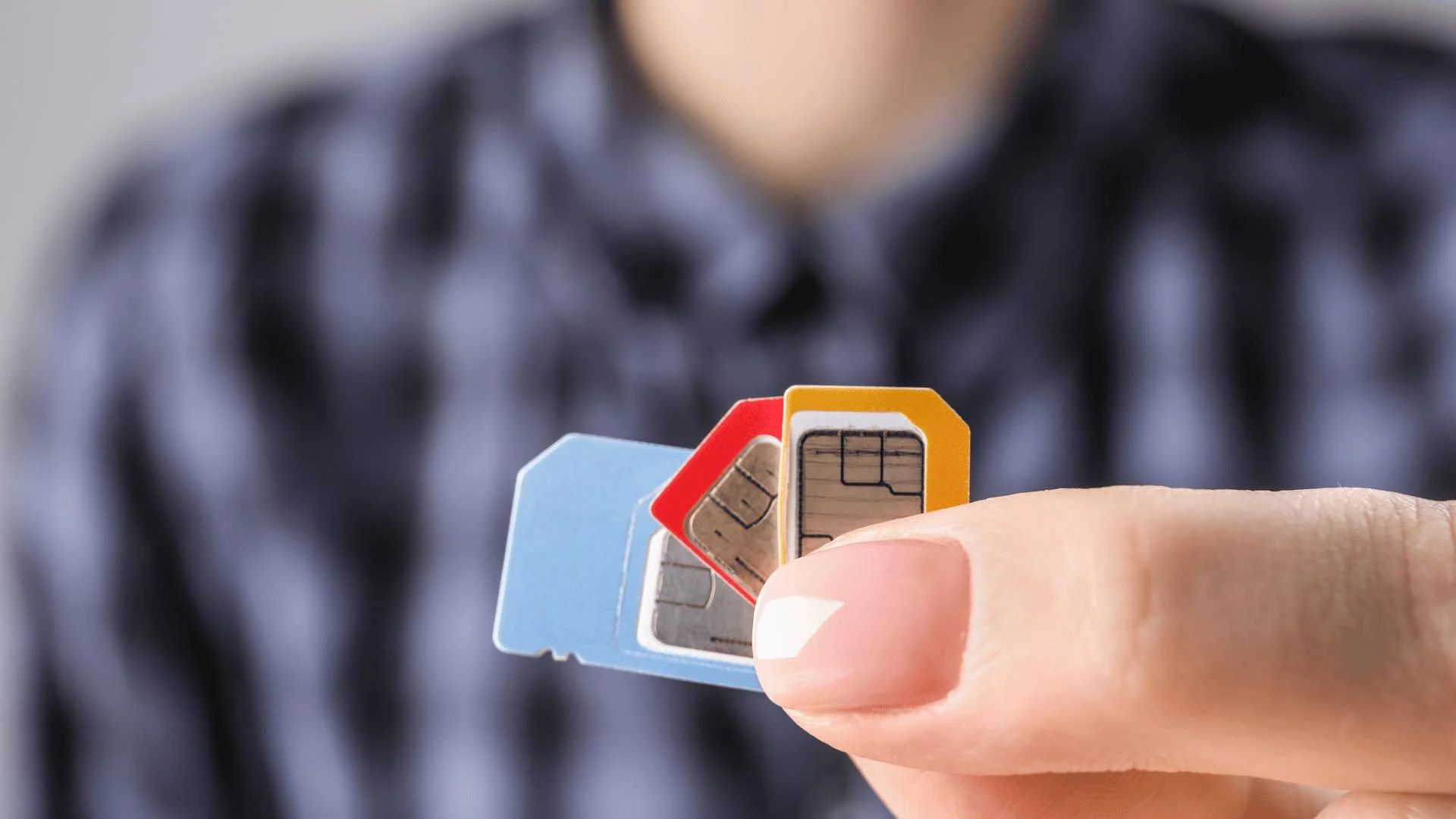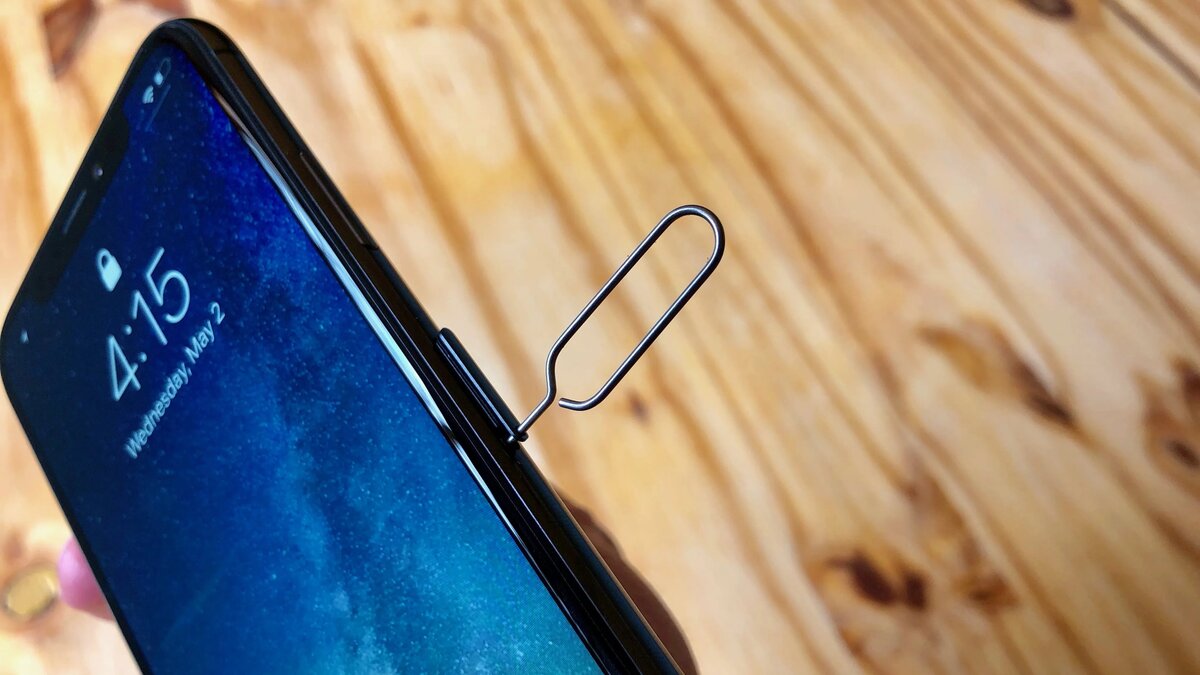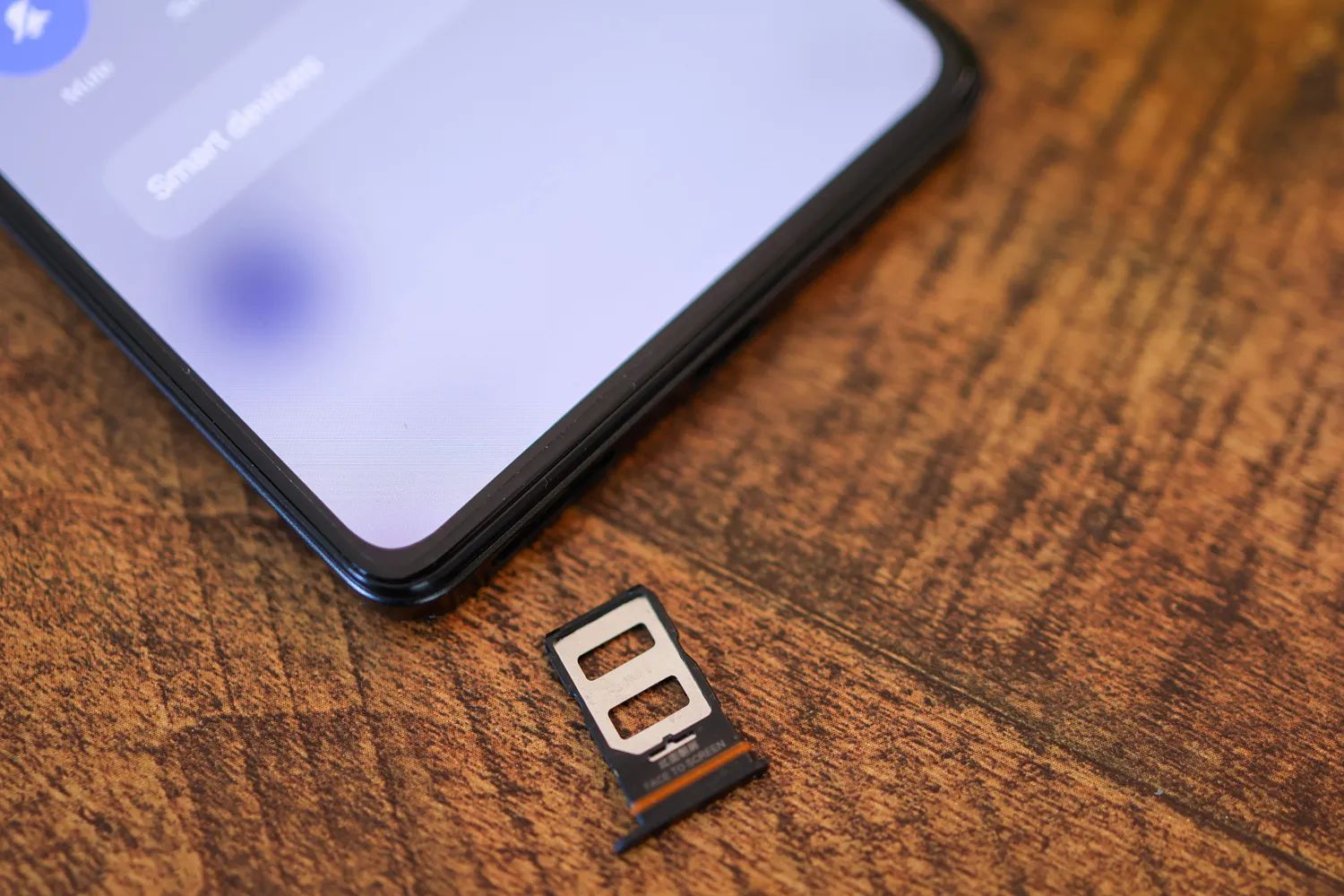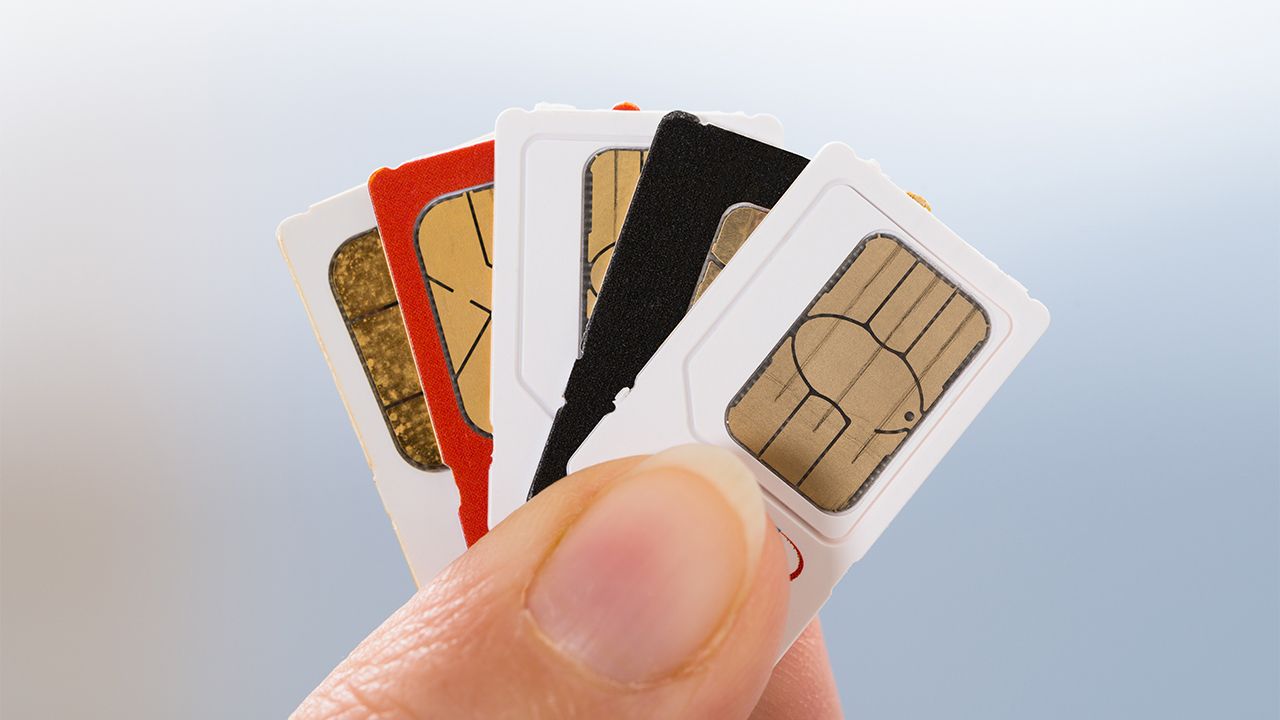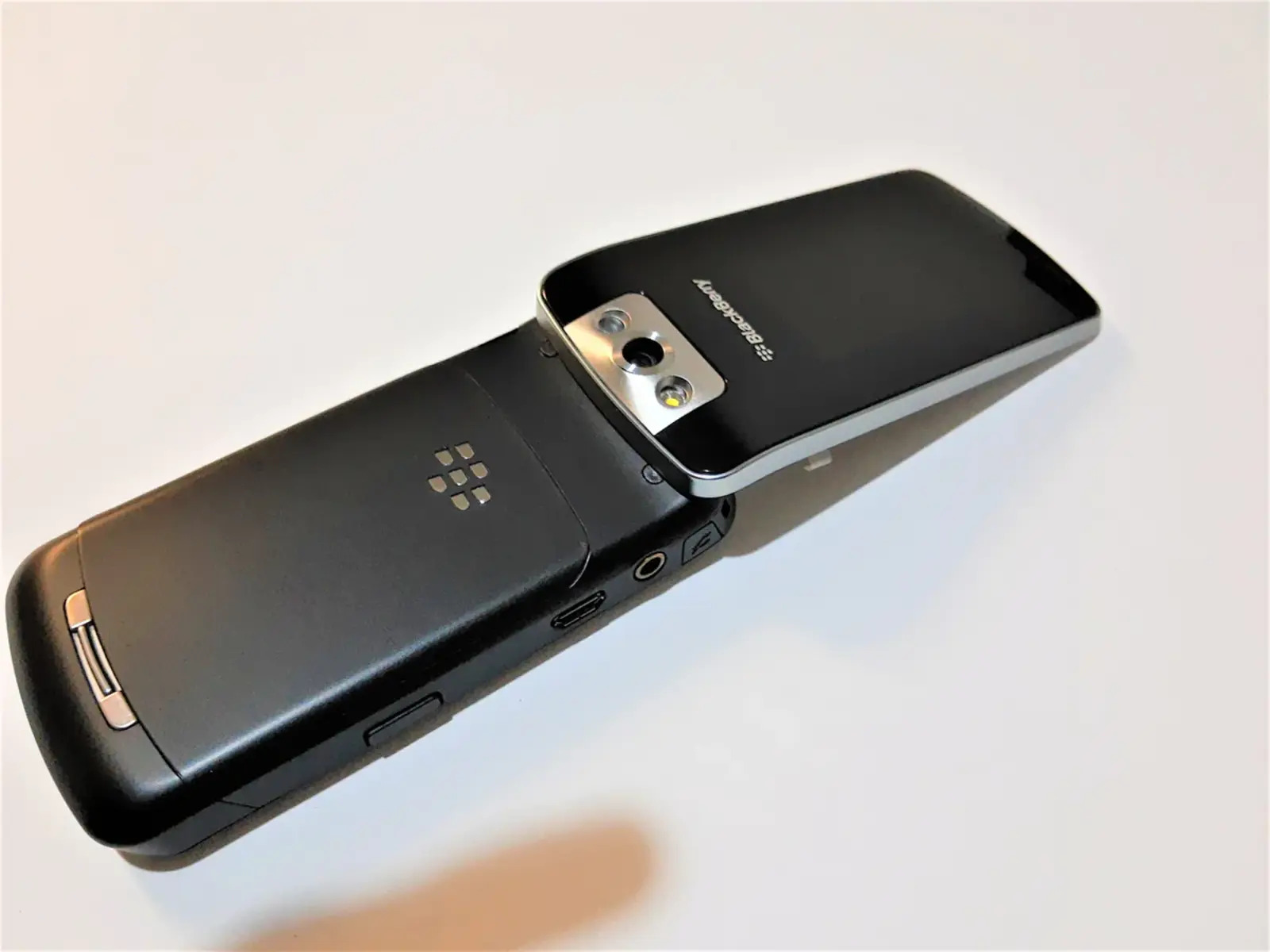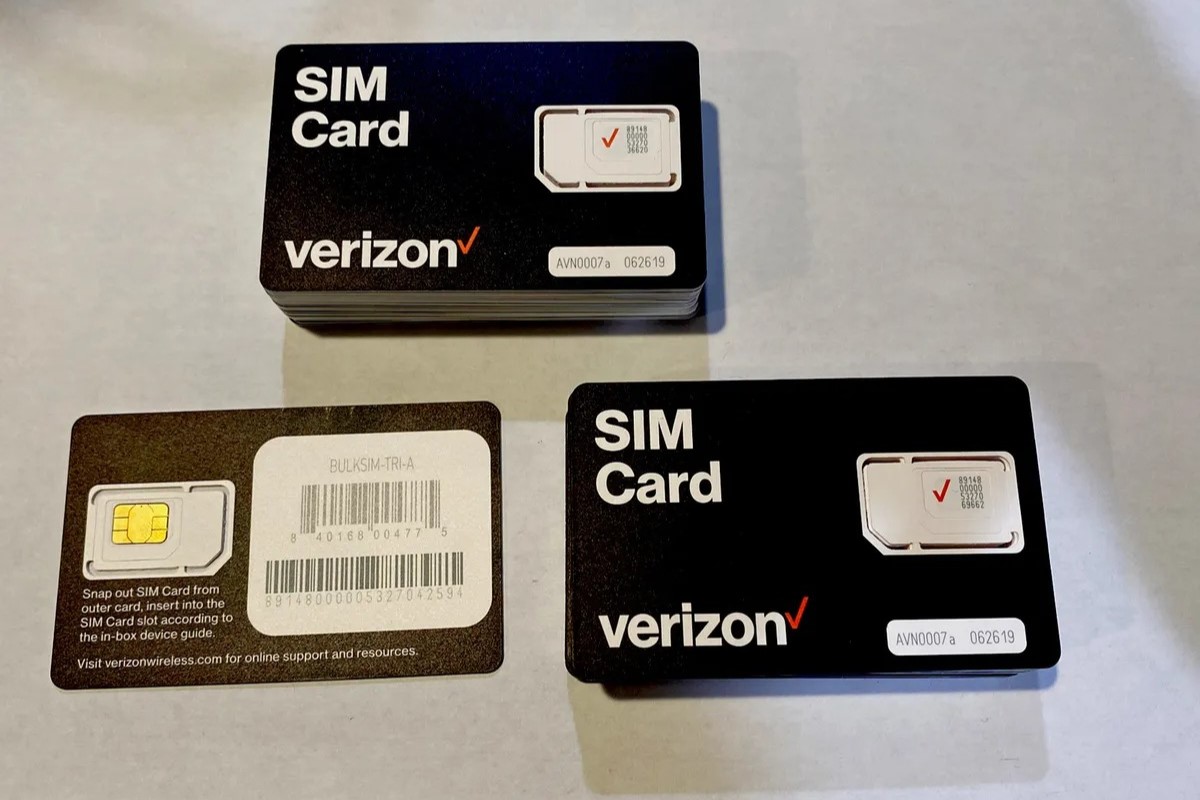Checking Compatibility
Before embarking on the exciting journey of activating your new SIM card, it's crucial to ensure that your device is compatible with the SIM card provided by your service provider. This step is often overlooked, but it's the cornerstone of a smooth activation process.
First and foremost, identify the type of SIM card required for your device. There are various types of SIM cards, including standard SIM cards, micro SIM cards, and nano SIM cards. The type of SIM card your device accommodates depends on its make and model. If you're uncertain about the type of SIM card your device needs, refer to the manufacturer's guidelines or consult the device's manual.
Once you've determined the type of SIM card your device requires, it's time to cross-check this information with the SIM card provided by your service provider. Most SIM cards are adaptable and can be trimmed to fit different sizes, but it's always best to use the correct size to avoid any potential issues.
Additionally, if you're using a device that supports eSIM (embedded SIM), you'll need to verify whether your service provider offers eSIM activation and if your device is compatible with this technology. eSIMs offer the advantage of being embedded in the device, eliminating the need for a physical SIM card. However, not all devices and service providers support eSIM functionality, so it's essential to confirm this compatibility beforehand.
In some cases, certain devices may be locked to a specific network, meaning they only accept SIM cards from that particular carrier. If your device is locked, you'll need to unlock it before being able to use a SIM card from a different carrier. This process varies depending on the device and carrier, so it's advisable to contact your current carrier for guidance on unlocking your device.
By ensuring that your device is compatible with the SIM card and understanding any potential limitations such as locked devices or eSIM compatibility, you'll be well-prepared to proceed to the next steps of unboxing, inserting, and activating your new SIM card. This proactive approach sets the stage for a seamless activation experience, allowing you to enjoy uninterrupted connectivity on your mobile device.
Unboxing Your SIM Card
Unboxing a new SIM card can be an exciting moment, as it signifies the beginning of a new chapter in your mobile connectivity journey. The process of unboxing your SIM card is relatively straightforward, yet it marks the initial step towards activating your device and staying connected. Here's a detailed guide to unboxing your SIM card:
-
Gather Your Tools: Before diving into the unboxing process, ensure that you have all the necessary tools at hand. You'll typically need a pair of scissors or a SIM card ejector tool, as well as the packaging containing your new SIM card.
-
Inspect the Packaging: Carefully examine the packaging of the SIM card. Look for any tear strips or perforated edges that indicate the easiest way to access the SIM card. Some SIM cards come in credit card-sized holders that need to be popped out, while others are enclosed in smaller, sealed packets.
-
Handle with Care: Once you've located the entry point to the SIM card, handle the packaging with care. SIM cards are delicate, and mishandling them can lead to damage that may affect their functionality.
-
Extracting the SIM Card: Depending on the packaging, carefully extract the SIM card from its holder or packet. If the SIM card is pre-cut to a specific size, ensure that you're removing the correct portion to fit your device. If it's a multi-sized SIM card, identify the size that corresponds to your device's requirements.
-
Inspect for Damage: Take a moment to inspect the SIM card for any signs of damage, such as scratches or bends. While SIM cards are resilient, it's essential to ensure that they are in optimal condition before proceeding with the activation process.
-
Keep the Packaging: It's advisable to retain the SIM card's packaging, especially if it contains important information such as PIN codes or activation instructions. Storing this information in a safe place can be beneficial in case you need to refer back to it during the activation process.
By following these steps, you'll successfully unbox your new SIM card, setting the stage for the subsequent steps of inserting, activating, and testing your SIM card. This simple yet significant process paves the way for seamless connectivity, allowing you to harness the full potential of your mobile device.
Inserting Your SIM Card
Inserting your SIM card into your mobile device is a pivotal step that directly impacts its functionality and connectivity. This process varies slightly depending on the type of device you own, but the fundamental steps remain consistent. Here's a comprehensive guide to seamlessly insert your SIM card:
-
Locate the SIM Card Slot: Begin by identifying the SIM card slot on your device. The location of the SIM card slot differs across devices, with some featuring a removable back cover, while others have a designated SIM tray along the device's edge. If you're unsure about the location of the SIM card slot, refer to the device's manual or manufacturer's guidelines for assistance.
-
Power Off Your Device: To ensure safety and prevent any potential damage to the SIM card or device, it's advisable to power off your mobile device before proceeding with the insertion process. This simple precautionary step minimizes the risk of any electrical mishaps and allows for a smooth and hassle-free insertion.
-
Access the SIM Card Slot: If your device features a removable back cover, carefully remove it to access the SIM card slot. Alternatively, if your device has a SIM tray, locate the small pinhole adjacent to the tray. Insert a SIM card ejector tool or a paperclip into the pinhole to release the SIM tray.
-
Position the SIM Card: Once the SIM card slot is accessible, position the SIM card according to the designated orientation. Most devices have a diagram near the SIM slot indicating the correct positioning of the SIM card. Align the notched corner of the SIM card with the corresponding notch in the SIM slot to ensure a proper fit.
-
Secure the SIM Card: Gently place the SIM card into the slot, ensuring that it sits securely in place. If you're using a device with a SIM tray, carefully push the tray back into the device until it clicks into position. For devices with a removable back cover, reattach the cover securely.
-
Power On Your Device: With the SIM card successfully inserted, power on your device to initiate the activation process. Your device should recognize the newly inserted SIM card, and you may receive on-screen prompts to complete the activation.
By following these steps, you'll effectively insert your SIM card, paving the way for the subsequent activation process. This pivotal step sets the stage for seamless connectivity and empowers you to harness the full potential of your mobile device.
Activating Your SIM Card
Activating your SIM card is the pivotal stage that bridges the gap between possessing a new SIM card and enjoying uninterrupted connectivity on your mobile device. This process involves linking your SIM card to your mobile network, enabling you to make calls, send messages, and access mobile data. Here's an in-depth guide to effortlessly activate your SIM card:
-
Power On Your Device: Once your SIM card is securely inserted, power on your device to initiate the activation process. Your device will detect the newly inserted SIM card and prompt you to proceed with the activation.
-
Follow On-Screen Prompts: Depending on your device and service provider, you may receive on-screen prompts guiding you through the activation process. These prompts typically involve entering the SIM card's unique identification number, known as the ICCID (Integrated Circuit Card Identifier). The ICCID is a distinct code assigned to each SIM card and is printed on the SIM card itself or on the accompanying packaging.
-
Dial Activation Code (If Applicable): In some instances, activating your SIM card may require dialing a specific code provided by your service provider. This code, often referred to as an activation code or SIM card activation number, is inputted using your device's dialer interface. Upon entering the activation code, your device will initiate the activation process, establishing the connection between your SIM card and the mobile network.
-
Wait for Activation: After completing the necessary steps as prompted, your device will commence the activation process. This may involve a brief waiting period as the network provisions your SIM card and assigns it a mobile number and network settings.
-
Confirmation Message: Once the activation process is complete, you may receive a confirmation message or notification on your device, indicating that your SIM card is now active and ready for use. This confirmation typically signifies that your SIM card is successfully linked to the mobile network and can now be utilized for calls, messages, and data services.
-
Network Registration: As a final step, your device will register with the mobile network, enabling you to access network services seamlessly. This registration process ensures that your device is recognized and authorized to utilize the network's resources, culminating in a fully activated SIM card.
By following these steps, you'll seamlessly activate your SIM card, unlocking the full potential of your mobile device and embracing uninterrupted connectivity. This pivotal stage marks the culmination of the activation process, empowering you to leverage the myriad benefits of your new SIM card.
Testing Your SIM Card
After successfully activating your SIM card, the next crucial step is to conduct thorough testing to ensure that your SIM card is fully functional and seamlessly integrated with your mobile device. Testing your SIM card encompasses a series of evaluations aimed at verifying its connectivity, call and messaging capabilities, as well as data services. This comprehensive testing process allows you to confirm that your SIM card is operating optimally, paving the way for uninterrupted communication and seamless access to mobile services.
Connectivity Verification
The first aspect of testing your SIM card involves verifying its connectivity to the mobile network. Upon activation, your device should display the network signal indicator, indicating that it has successfully established a connection to the mobile network. This signal strength indicator provides valuable insight into the quality of the network reception in your current location. By observing the signal strength and monitoring for any fluctuations, you can assess the reliability of your device's connectivity and make informed decisions regarding your usage.
Call and Messaging Tests
To validate the call and messaging functionalities of your SIM card, initiate test calls and send text messages to verify their seamless transmission. Place a test call to a known number, ensuring that the call connects promptly and that you can engage in clear and uninterrupted communication. Similarly, send test messages to confirm that they are delivered promptly and that you can receive responses without delay. These tests serve as practical demonstrations of your SIM card's ability to facilitate essential communication channels, ensuring that you can stay connected with ease.
Data Service Evaluation
Testing your SIM card's data services involves assessing its ability to connect to mobile data networks and access online services. Activate mobile data on your device and browse websites, stream media, or use data-dependent applications to gauge the speed and reliability of your data connection. By engaging in various online activities, you can ascertain the efficiency of your SIM card's data services and identify any potential issues such as slow data speeds or intermittent connectivity.
Roaming and Additional Features
If your mobile plan includes roaming services or additional features such as international calling or data roaming, consider conducting tests in relevant scenarios. Activate roaming if applicable and verify your ability to make and receive calls, send messages, and access data while roaming in different locations. Additionally, if your plan offers supplementary features, such as call forwarding or voicemail, test these functionalities to ensure their seamless operation.
By meticulously testing your SIM card across these essential parameters, you can confidently ascertain its functionality and integration with your mobile device. This comprehensive evaluation empowers you to leverage the full spectrum of services offered by your SIM card, ensuring a seamless and gratifying mobile experience.









